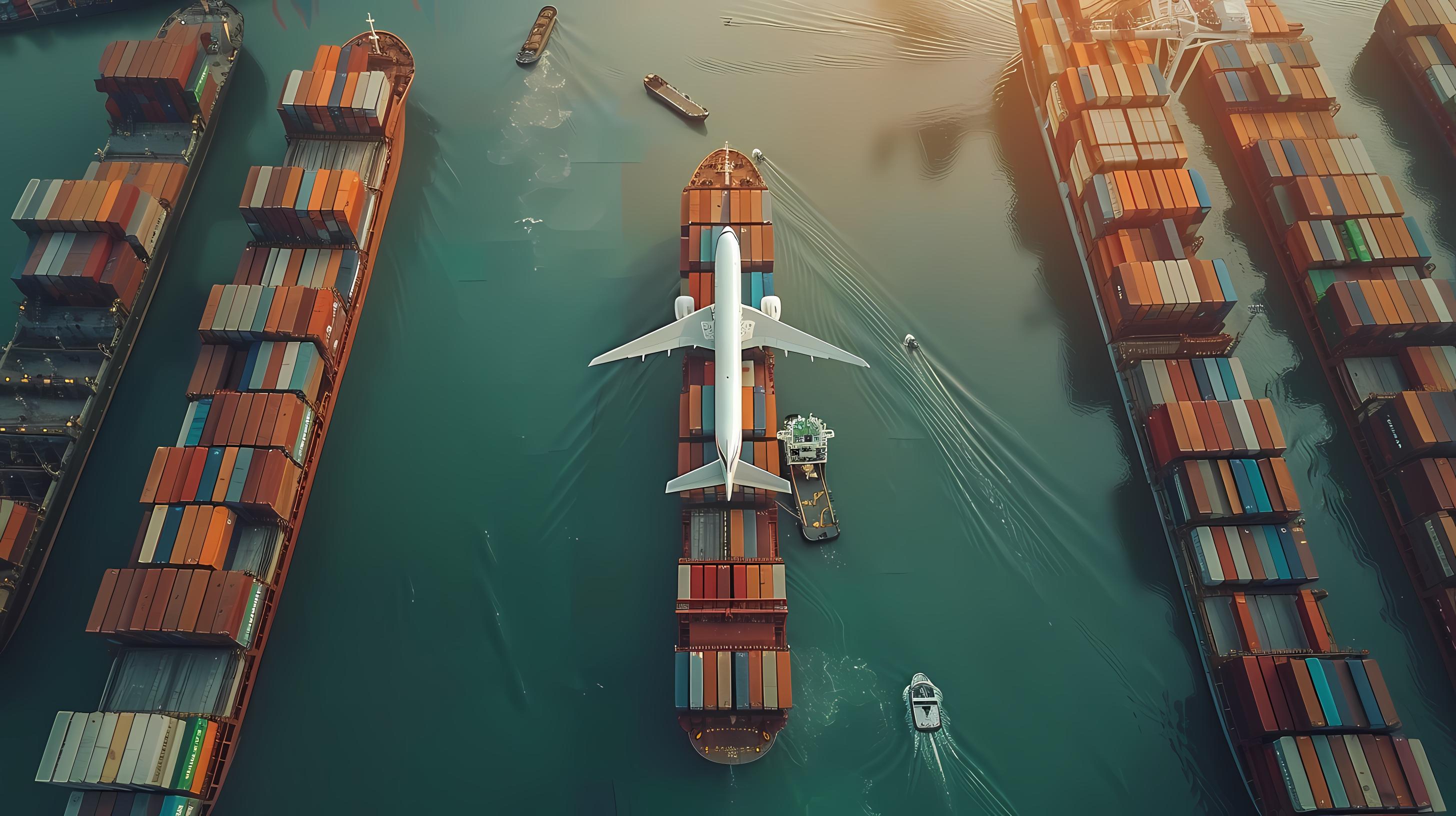The sea freight versus air freight debate will continue to dominate in this dynamic world of global logistics because every decision made with regard to a shipment has a price, time, and environmental impact that any business would aim to consider as it optimizes its supply chain. Sea freight, due to its large size and its cost-efficiency, would be the best option in non-semi urgent high-volume operations, especially due to the growing demands of the trade environment in 2025.
With the transportation strategies being redefined by geopolitical tensions and the sustainability imperatives, the reasons behind the dominance of sea freight in most situations can enable decision-makers to improve efficiency and resilience. This analysis merits the interesting arguments to consider ocean shipping as the first choice, with the assistance of contemporary market statistics and comparative knowledge, in order to make knowledgeable choices in global trade.

The Cost Imperative: Large Savings through Sea Freight
The economics of sea freight often favor the sea cargo, which is unmatched in terms of its economy when it comes to large-volume and long-range deliveries. The high costs of air freight are based on fuel-consuming activities and the fact that this mode of transport is not that larger to accommodate large consignments. Contrarily, ocean ships would carry huge cargos at fractional prices per ton and thus it is cost effective as it forms the base of international commerce.
Assessments made in recent years show that air freight costs between one and five dollars per kilogram, which is 12 to 15 times more expensive than sea transportation over similar distances. In the case of a 1,000-kilogram load over 10,000 kilometers, freight by sea could cost an estimate of 0.10-40/kg, which compared to the air, would cost 3.00-9.00, which would save up to 90 percent. Such differences are particularly useful to manufacturers and retailers of commodities such as apparel, machinery or raw materials, where a margin is cost-sensitive.
Additionally, by 2025, the forecasts indicate that ocean rates will reduce between 5 and 10 percent in the middle of the year as a result of overcapacity caused by the new vessel deliveries that would increase the economic disparity further. Companies that have adopted sea transport have not only saved on finance but have also invested in new technologies and growth.
Capacity and Versatility: Scale That Cargo Airplanes Can Not Match
The most remarkable feature of sea freight is its remarkable capacity as it can handle shipments that cannot be made by air transport. An individual container ship may be loaded with more than 20,000 twenty-foot equivalent of a single ship, which is much larger than 100-200 tons of a cargo plane. This scalability is appropriate to industries that depend upon large or bulky cargo, automotive components or building materials, without the division demanded by the air limitation.

The main benefits in capacity are:
- Handling of heavy and bulky packages where there is no strict restrictions in terms of both weight and size as compared to the strict restrictions on the 100 kilograms per piece restriction imposed by air.
- Effective pooling of different loads, minimization of handling per unit and making the most of the space.
- Volume surges are made to be resilient such as the case with the 2025 volume of containers with expected growth of 3 to 4 percent without corresponding rate increases.
With the nearshoring wave and regional trade boom, it is crucial to the versatility of sea freight as it can be easily integrated into multimodal networks, linking ports to inland distribution to cover the whole range.
Environmental Superiority: Green Road to the Future
Sustainability has become one of the central standards in logistics, and sea freight has a significantly smaller carbon footprint in comparison to its aerial equivalent. Aircraft produce about 500 grams of CO2 per ton kilometer and that of ships is about 10-40 grams which is 47 times less than that of the aircrafts. This efficiency makes ocean transport the environmentally friendly alternative, which meets the net-zero goals of the world.
The contribution of maritime shipping to global greenhouse gases is estimated to be 3 percent, but the per ton-mile contribution is still insignificant compared to the 9 per cent. contribution of air in transport emissions. In the case of a 20 ton container travelling more than 3000 kilometers, sea transport eliminates almost 100 tons of CO2 equivalents compared to air transport, and also saves 12000 euros. With the introduction of regulations such as the EU Emissions Trading System to shipping by 2025, introducing expenses on high-emission modes, sea will also have inherent advantages.
Companies that value the importance of eco-certifications or stakeholder consideration must consider sea freight as an essential tool when showing their desire to be environmentally responsible.
Reliability and Worldwide Reach: Consistency in Unpredictable Times
Air freight is fast but sea freight will provide a reliable consistency in planned logistics, so the diversification of fleets helps in reducing disruptions in established routes. By 2025, with the hassles of the Red Sea, an ocean networks supports 80 percent of world trade volumes, which is estimated to expand by 2.3 percent with strong demand. Air on the other hand struggles with the capacity limits, with an expectation of 4 to 5 percent growth versus 6 to 10 percent demand, which could put a strain on availability.
The reliability of sea freight takes the form of:
- Regular schedules along prime lanes, supported by new alliances that will increase service frequency early in 2025.
- Greater availability of ports globally, to serve new markets which are not dependent on airports.
- Reduced exposure to fuel volatility, since the operations of the modern vessels are stabilized by 2025 regulations on sulfur emissions.
This consistency is critical to supply chains that focus on inventory stability rather than urgency.
Sea Freight in alignment with the strategies
The decision to use sea freight goes beyond tactical decisions, and it becomes embedded in other strategic goals such as cost leadership and sustainability. It is superior with non-perishables or capital goods that do not demand air premiums due to the fact that transit windows of 14 to 40 days are adequate. In 2025, as ocean rates are one hundred and forty percent higher than in 2019, but are negative, and air is experiencing e- pressures, sea positions businesses to fiscal prudence.

Conclusion
The maritime transport will be the most attractive in 2025 with its combination of price, volume, and environmental responsibility being better than air in most cases when it comes to transporting goods across the globe. As the strategic adoption gains momentum steadily, the gains of efficiency and responsibility will be experienced by the strategic adopters. When assessing the cargo profiles in terms of these merits, enterprises will embark on sustainable paths, building resilience to volatility in supply chains and moving to fair trade horizons.




